“We’ve entered an era in global steel trade defined by price volatility, protectionism, and geopolitical tensions,” Verden stated. “The HRC price in the U.S. currently stands at $958/ton, up about $190 since the beginning of the year — a 22% increase year-over-year. While this points to a short-term recovery, we expect prices to stabilize at elevated levels over the longer term.”
Turning to Europe, Verden noted, “The HRC price in Europe is currently €576/ton, reflecting a 9% decline compared to the same period last year. CBAM implementation, demand recovery, and restocking are expected to push prices up in the long run, but weak short-term demand continues to weigh on the market.”
On China, Verden noted: “The HRC price in China is at $445/ton — down $15 from the start of the year and 14% lower year-over-year. China’s steel exports are rising; in the first five months, they exported 48.47 million tons of steel products. While this offers short-term relief for Chinese mills, it also places downward pressure on global prices. Without a recovery in domestic demand, China’s steel sector may face structural challenges.”
Verden also addressed protectionist measures: “U.S. President Trump’s decision to raise steel and aluminum tariffs to 50% is impacting markets. The UK is currently exempt, but ongoing negotiations with Mexico and Canada add uncertainty. Europe has requested exemptions from the 50% out-of-quota tariff. Meanwhile, India and Southeast Asian countries are also introducing anti-dumping measures against Chinese steel. Protectionism is forcing a new balance in global steel trade.”
Regarding geopolitical developments, Verden stated: “The Russia-Ukraine war and Iran-Israel tensions are driving up energy and freight costs. Brent crude prices have risen by 15% recently, and the Baltic Dry Index is up 17.6%. In this environment, uncertainty has become a permanent feature of the steel sector.”
On green transition efforts, Verden remarked: “CBAM is expected to add around €56 per ton in additional cost for imported steel. Europe’s low demand and shrinking margins have slowed down green steel projects. Some DRI-EAF projects have been halted. While there is green steel supply, buyer-side demand remains sluggish. However, with increased government spending and full CBAM implementation, we anticipate a rebound in both pricing and demand for green steel.”


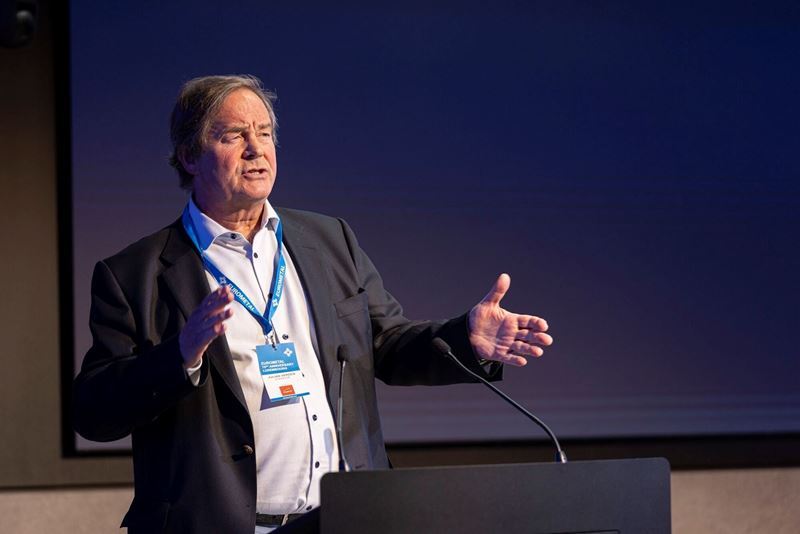
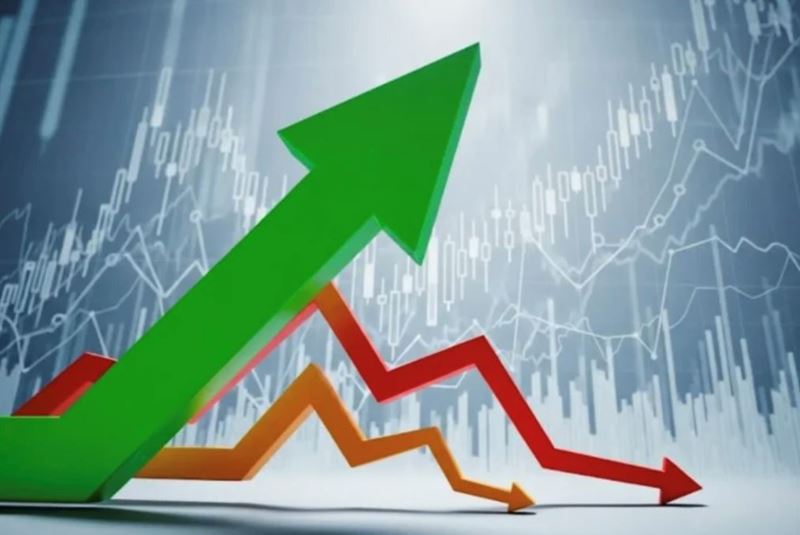
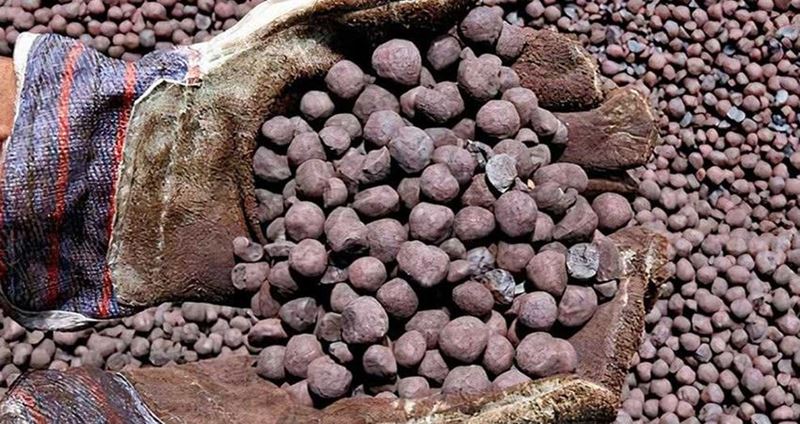
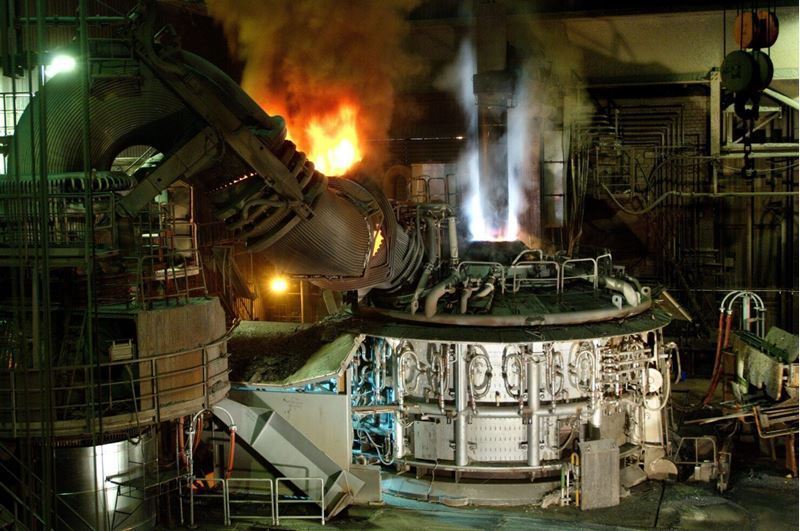

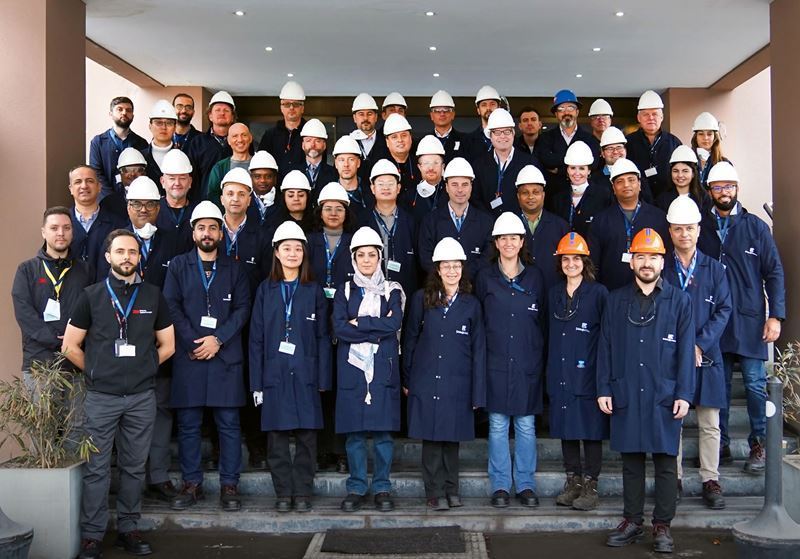

Comments
No comment yet.